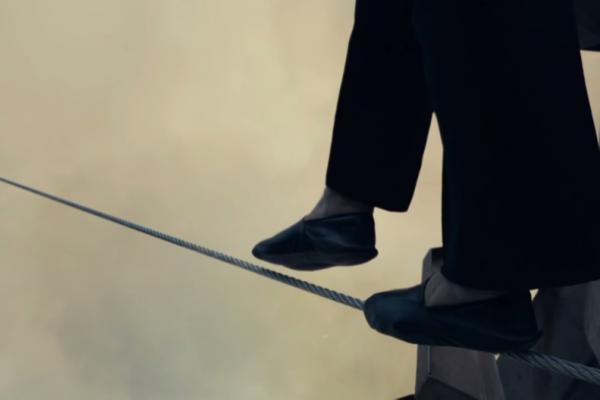Oct 2, 2015
At one point in the new film The Walk, high-wire walker Philippe Petit (Joseph Gordon-Levitt) is asked, after successfully walking a tightrope strung between the two towers of the World Trade Center, why he chose to perform such a dangerous, death-defying act. His answer: “There is no ‘why.’ I just look for a place to hang my wire, and when I find it, I put it there.”
There are a couple of ways you could take this statement. One is a thrilling feeling of limitless possibility. The other is a little more disconcerting: that there was no deeper meaning; Petit simply did it because, well, why not?
Read the Full Article

Already a subscriber? Login
